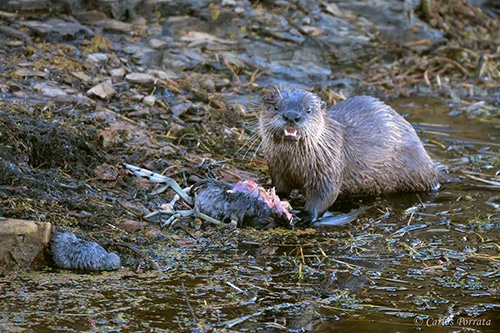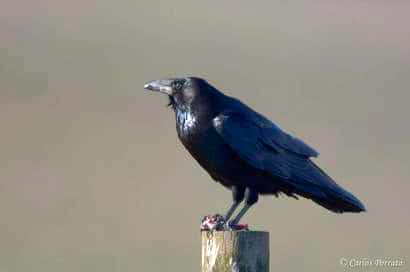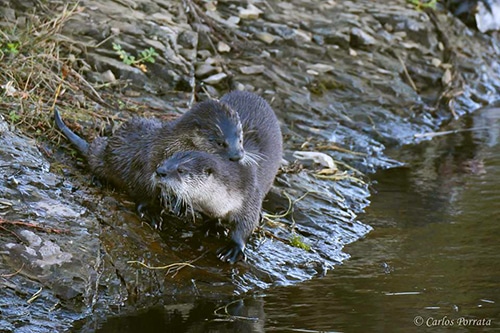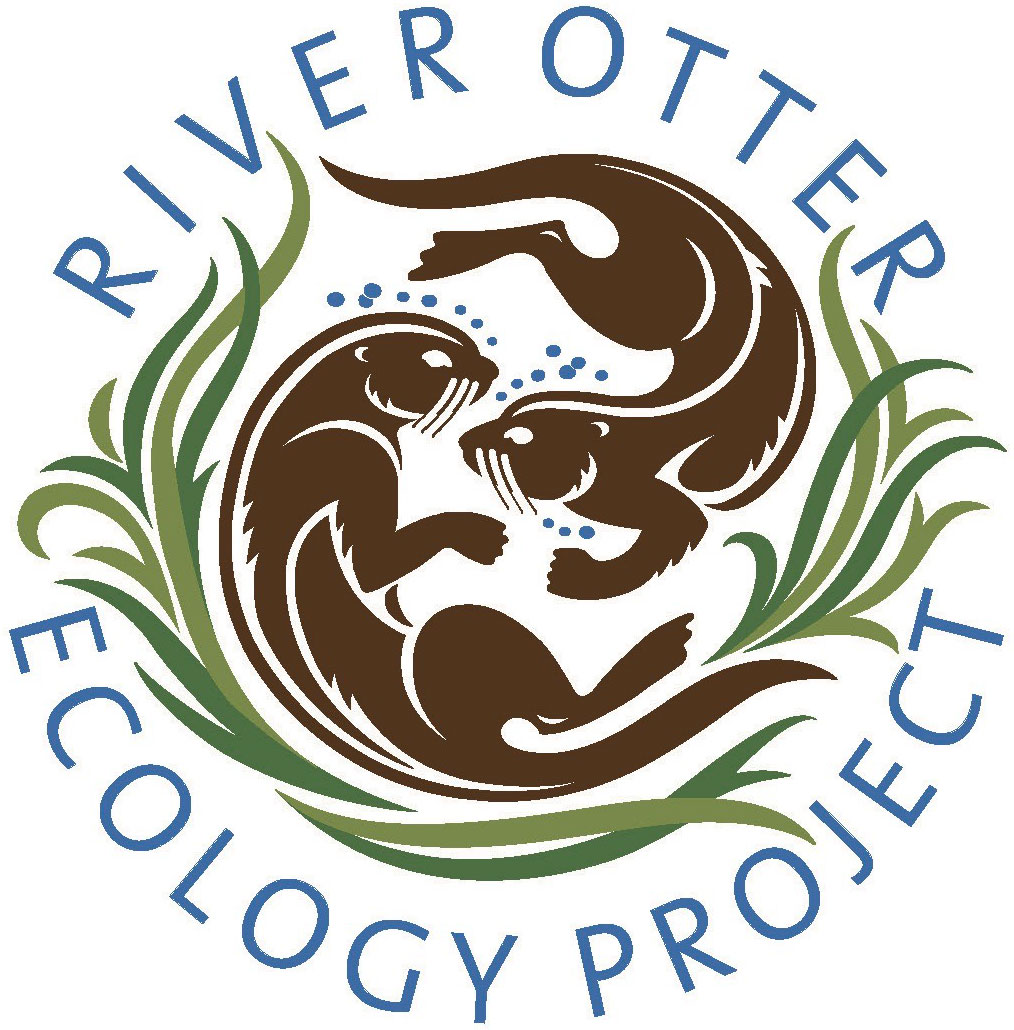By Megan Isadore, Executive Director, River Otter Ecology Project
December 1, 2015

The Early Otter Gets the Bird
We arose at dawn and headed down the trail in a chilly breeze, very glad for our extra layers of long underwear, hats and gloves. Sunlight sparkled on the feisty swells in the lagoon, and we heard waves crashing at the shore. Deer grazed nearby, kites and red tailed hawks flew above, a raven sat on a fence post gnawing on a bird head. Quail called, their plaintive wild chi-caaaaaaa-go chi-caaaaaaa-gos alerting us to their flocks gleaning the fields. A ferruginous hawk flew over, and we thrilled to her glorious pale underwings.
We sought otters, and for a while there was no telltale ripple or bubble on the bright waters. Then there was….and two, three, no – four small sleek heads swirled to the surface, followed by long flexing bodies and muscular tails. The mother and her three youngsters, just a few months shy of their first birthday! They swam purposefully back the way we had come, and we followed them at a respectful distance. We stayed well behind, and some distance back from the shore, to avoid stalking. They paid no attention to us, but were intent on the flocks of hundreds of coots, mixed in with pied billed grebes, goldeneyes, mallards and various other ducks and shorebirds.

This day, the coots were spooked by our presence and took off in a flurry, then noticed the otters. Some flew one way, and some the other, some settled back onto the water and the otters took advantage of the confusion. When the feathers settled we saw two of the otters with a bird each, followed closely by the other two. One bird flapped, but was held tightly by the otter…the other appeared unmoving. All four otters swam directly to a quiet cove, and the larger juvenile dragged her still-flapping coot out of the water, then disappeared into the pennywort in the shallows. We snuck around them, staying far back from the bank, and crouched down to make ourselves inconspicuous. We were rewarded with superb viewing of the otter making very short work of the coot while the two other juveniles fished for themselves in the shallows, catching their own dinner.

It was interesting to note that the two fishing for themselves did not try to grab the coot from their sibling, though they nosed around him/her a bit while the feeding went on. One did collect a discarded wing and took it to a rock to eat. Meanwhile, the smallest otter stood on the bank and began to chirp rhythmically in the contact call we hear between families. A few minutes later we saw the mother, who had disappeared with her bird (possibly a grebe), swimming back across the cove. And then one of our favorite otter behaviors happened. Though they had been separated for only about 10 or 15 minutes, and the mother had been close by the whole time, a joyous reunion occurred, with mother and pup nosing, hugging and grunting the “happy otter” greeting. Another of the pups joined in, and the three rolled and nuzzled in the water. I truly love to see the affection otters show one another in their family groups.
At last, everyone fed and together, the four headed back toward one of their resting spots. It had clearly been a successful hunt. Full of fish and coot, the otters were ready to nap.
